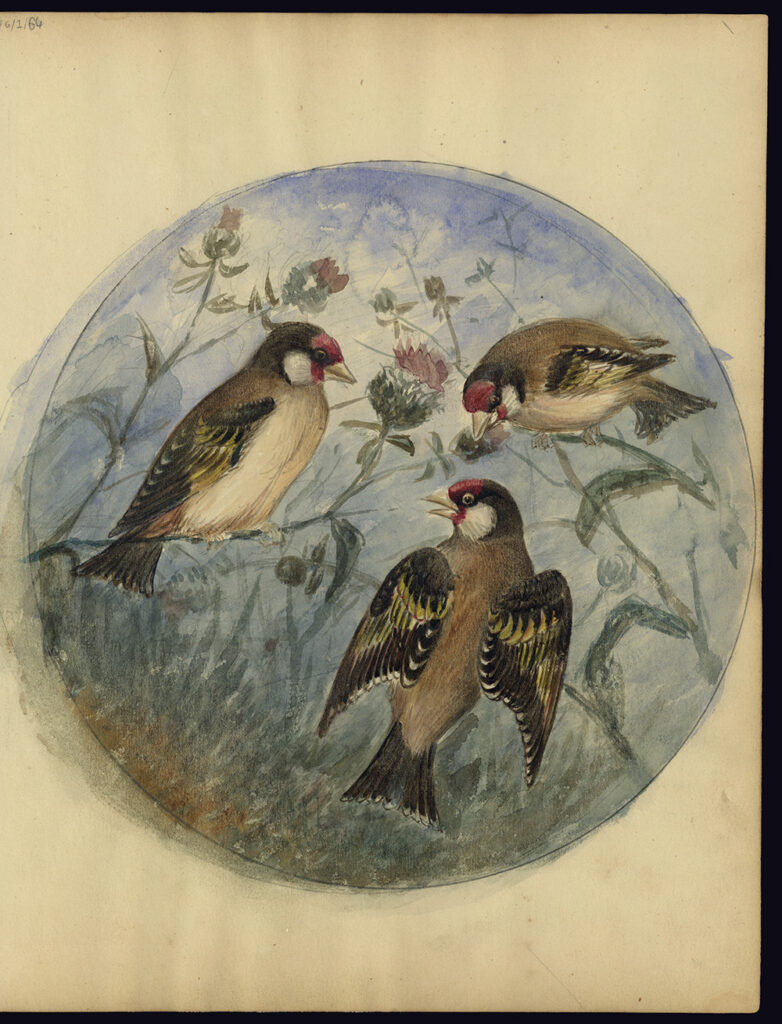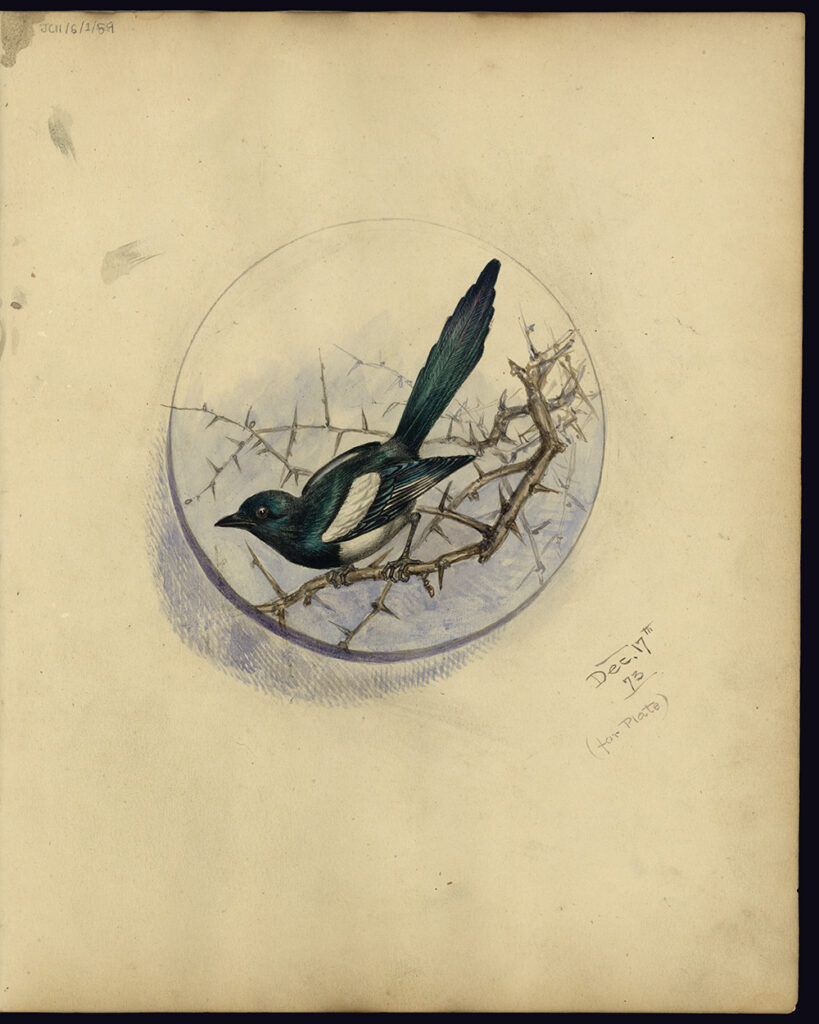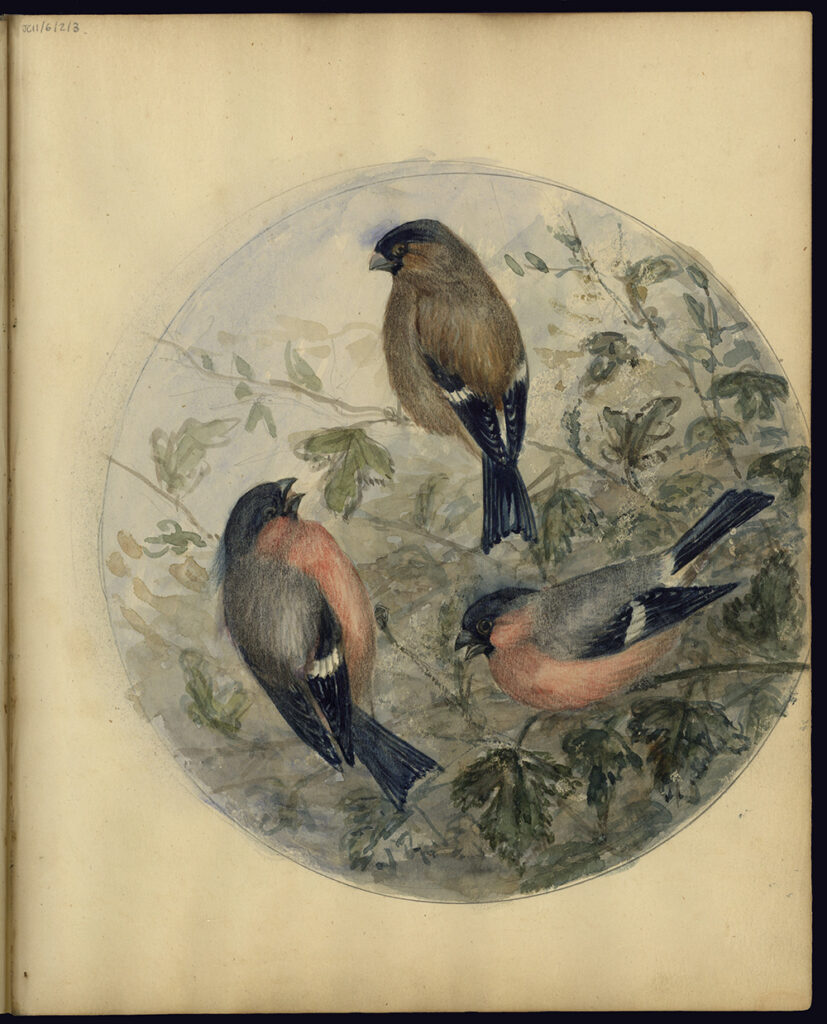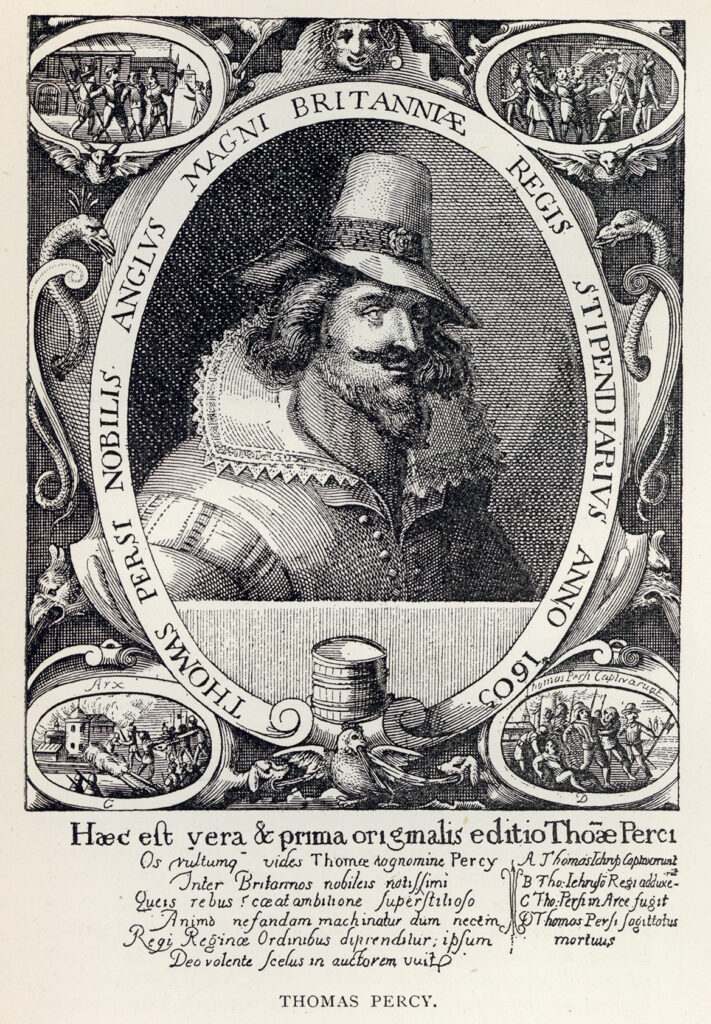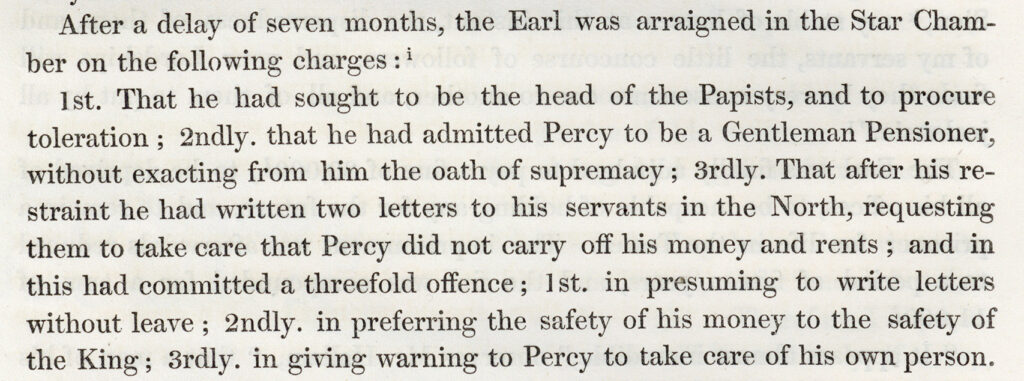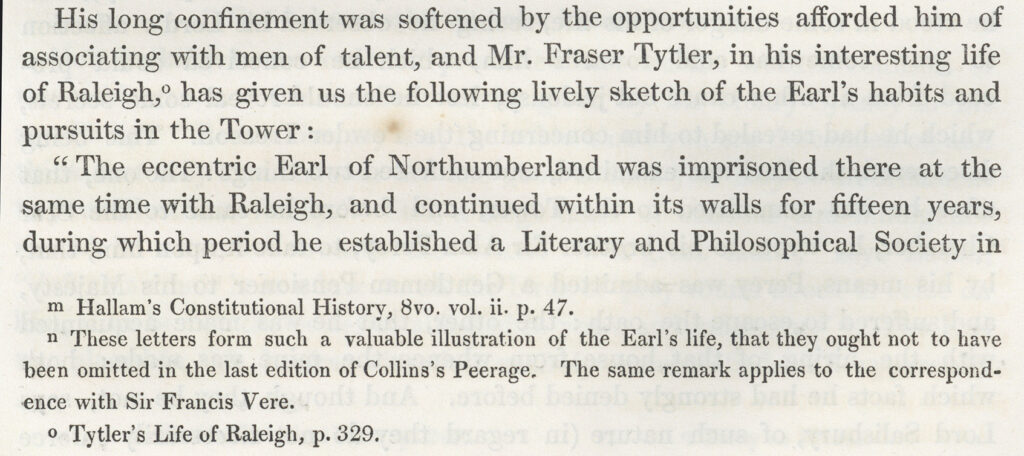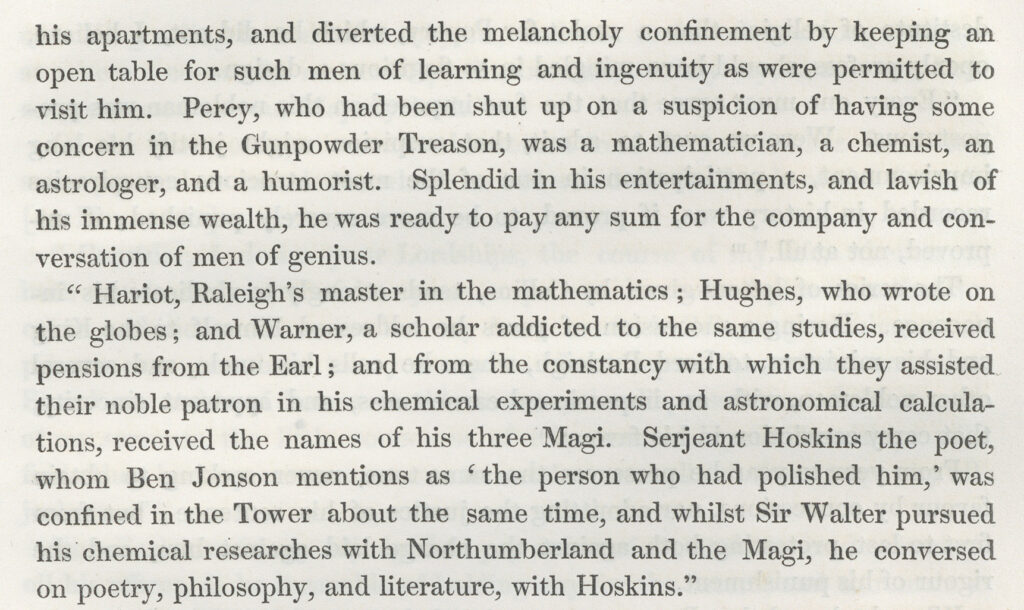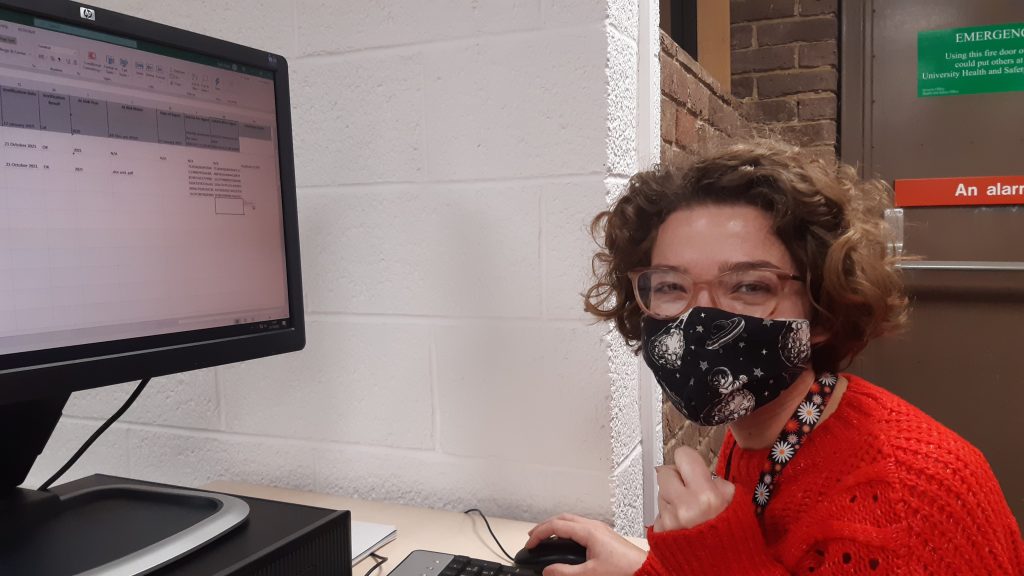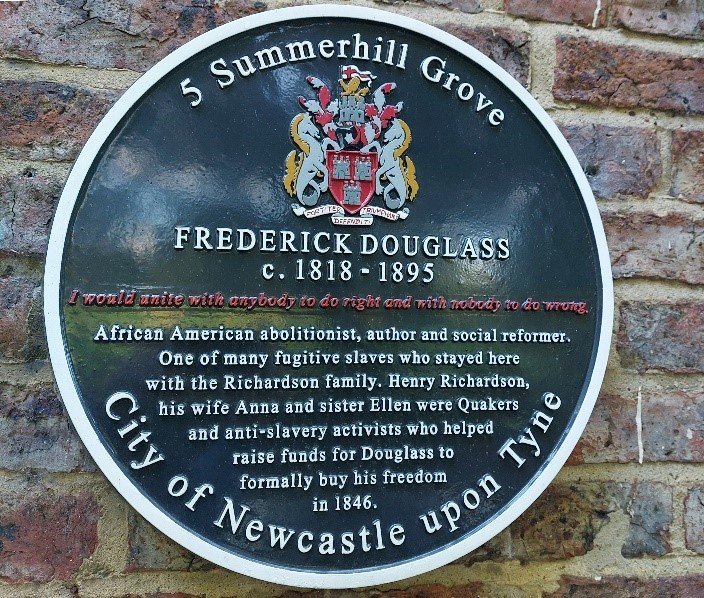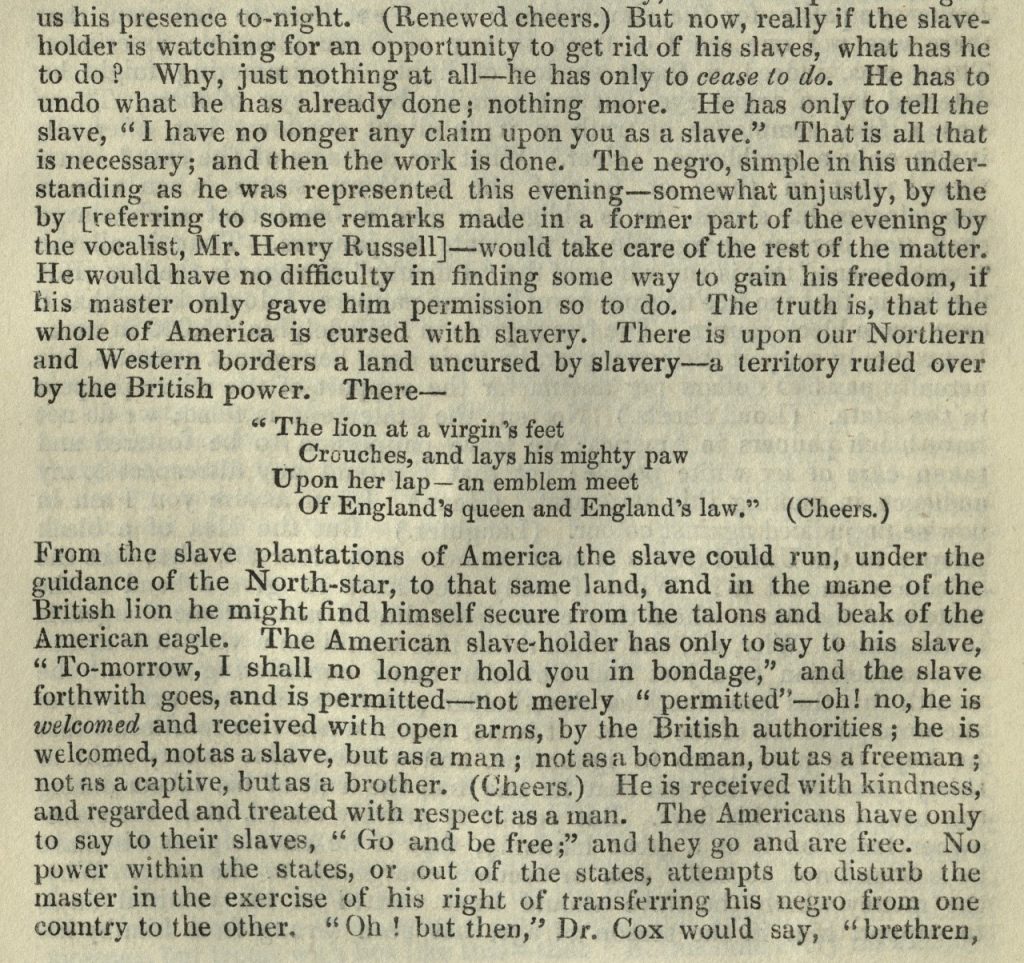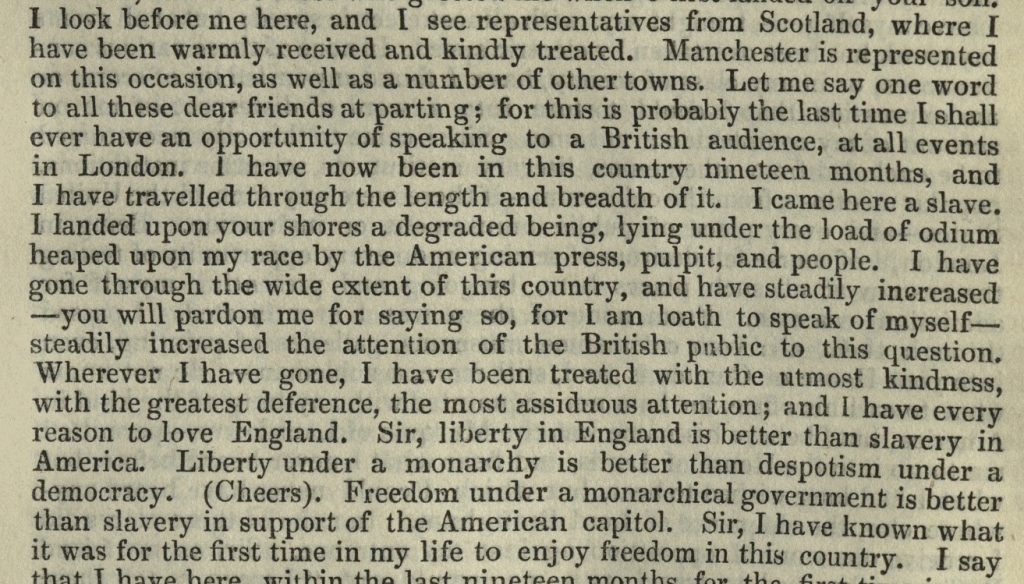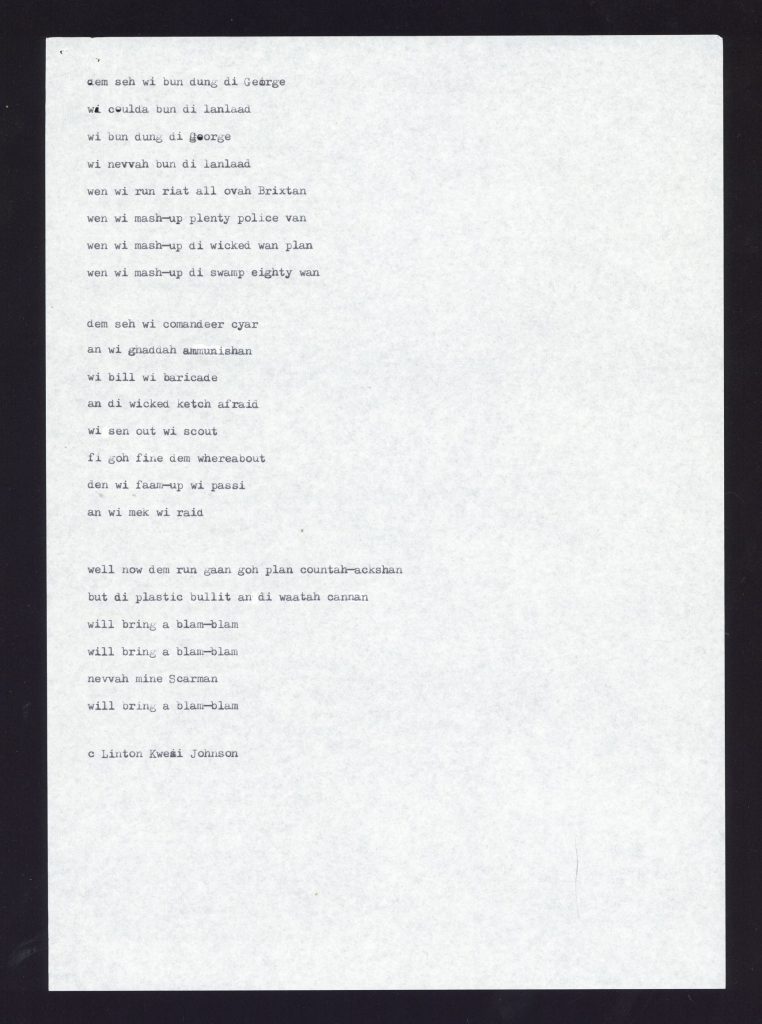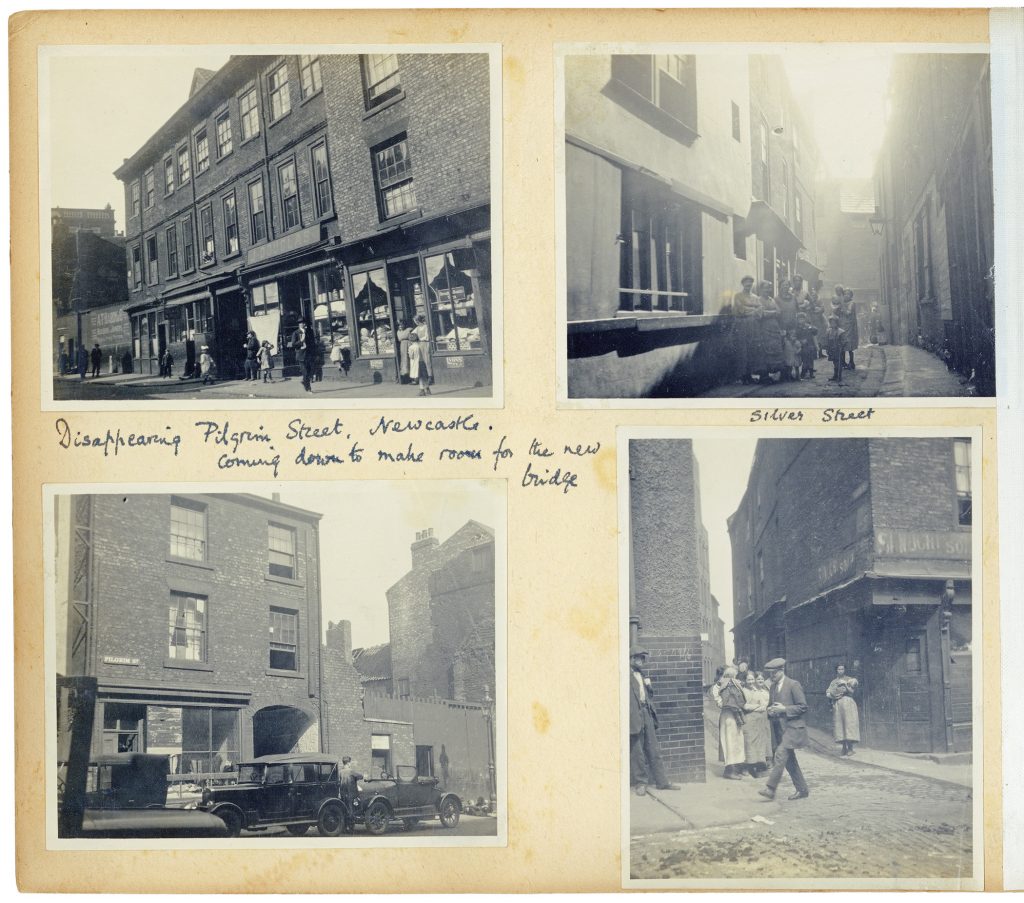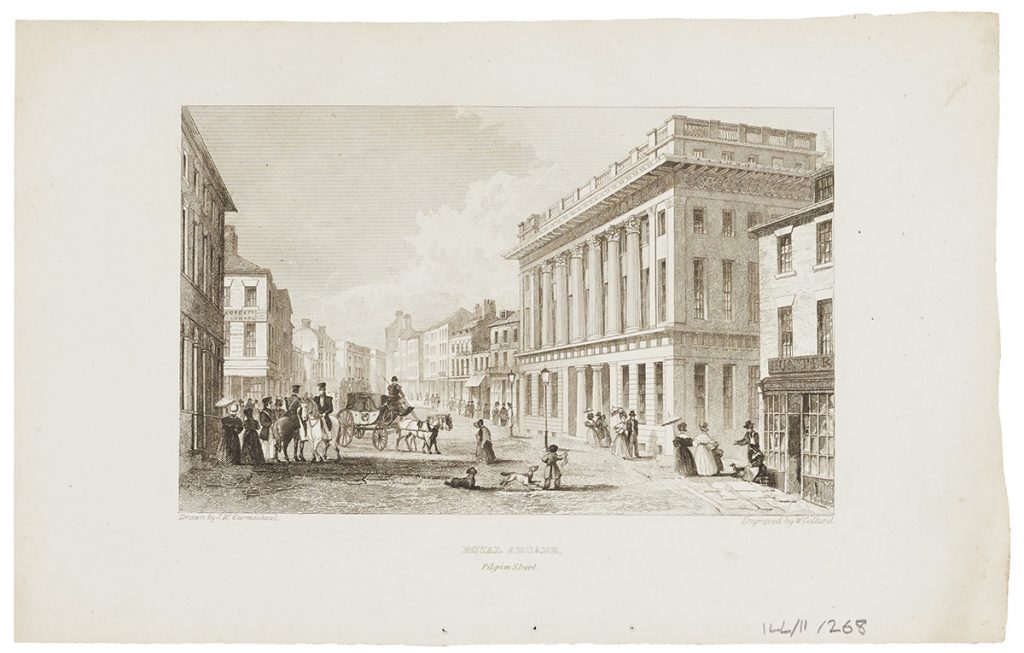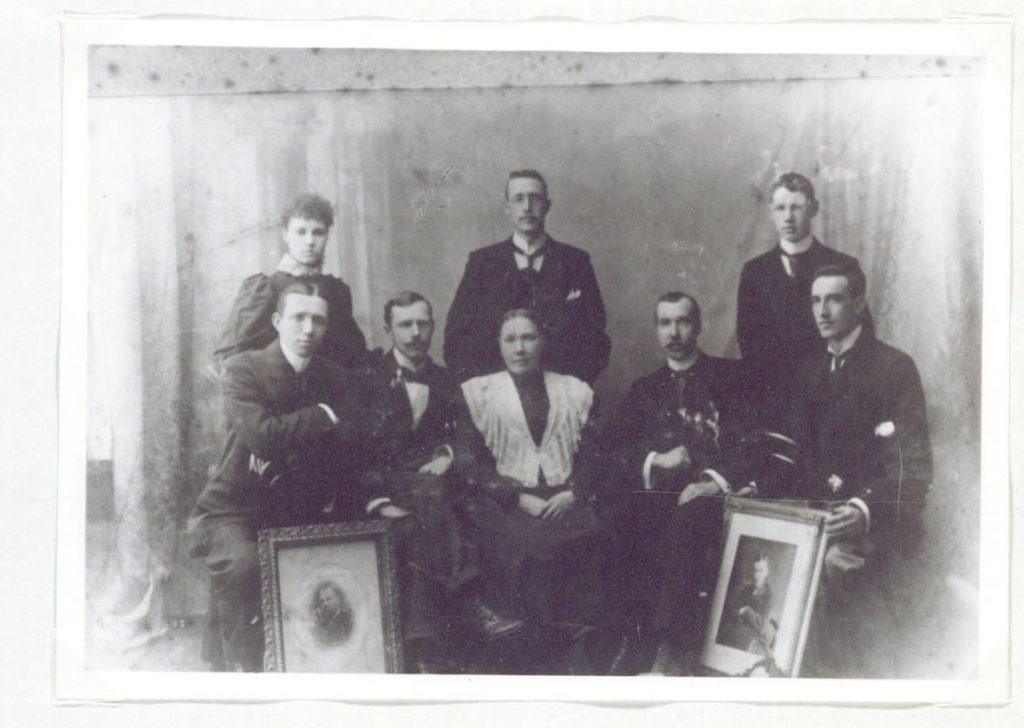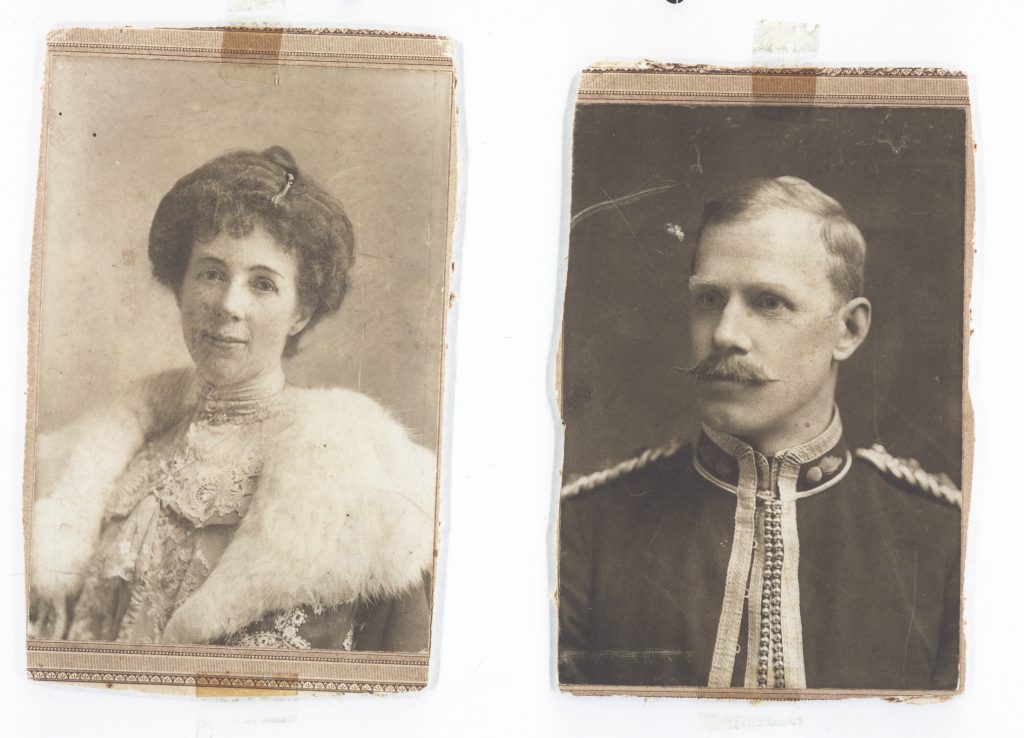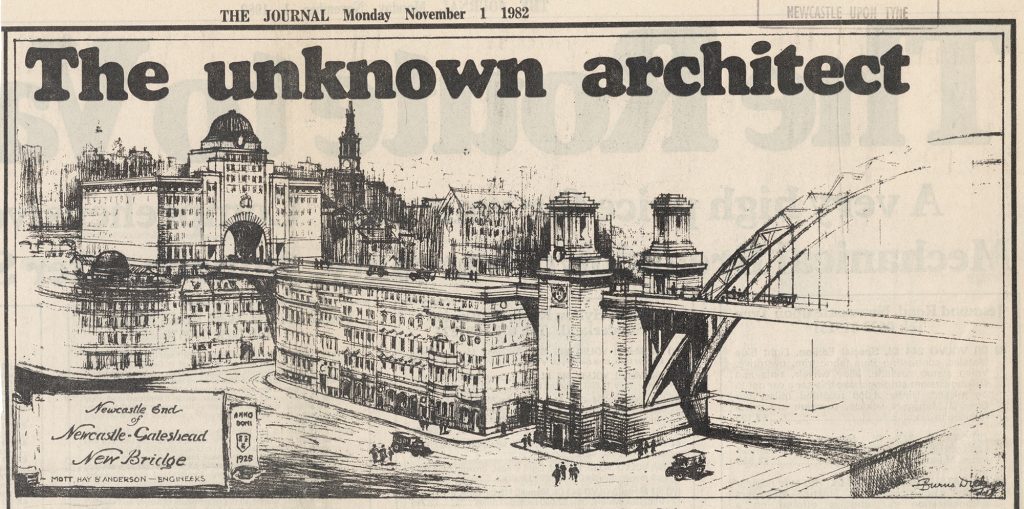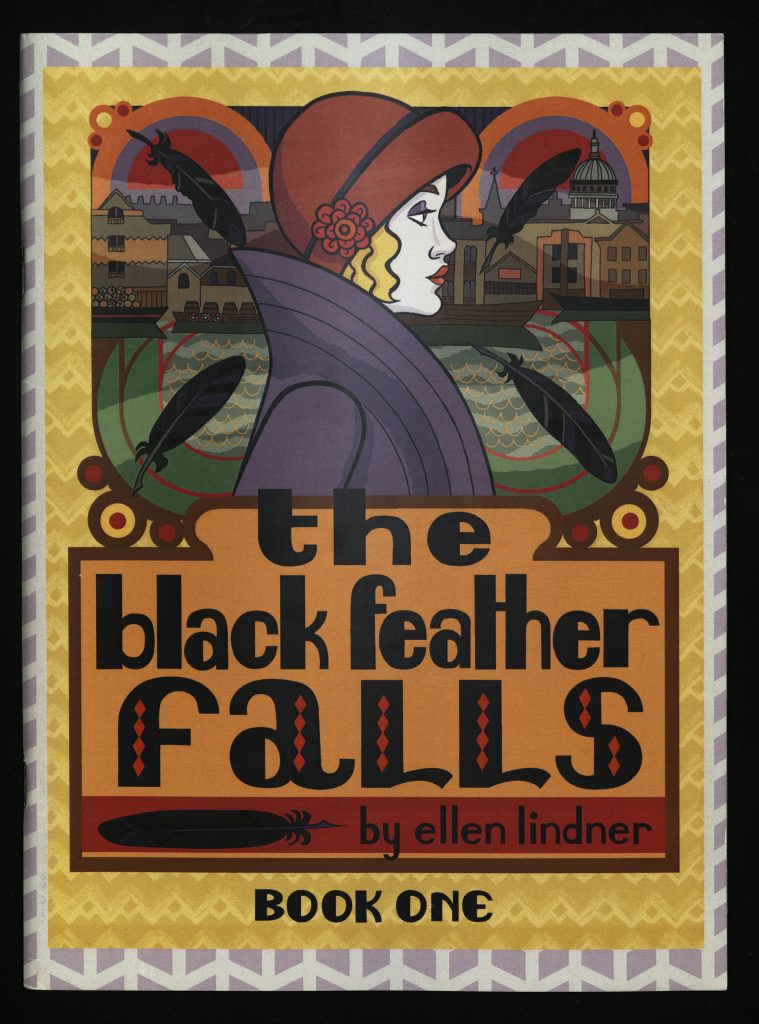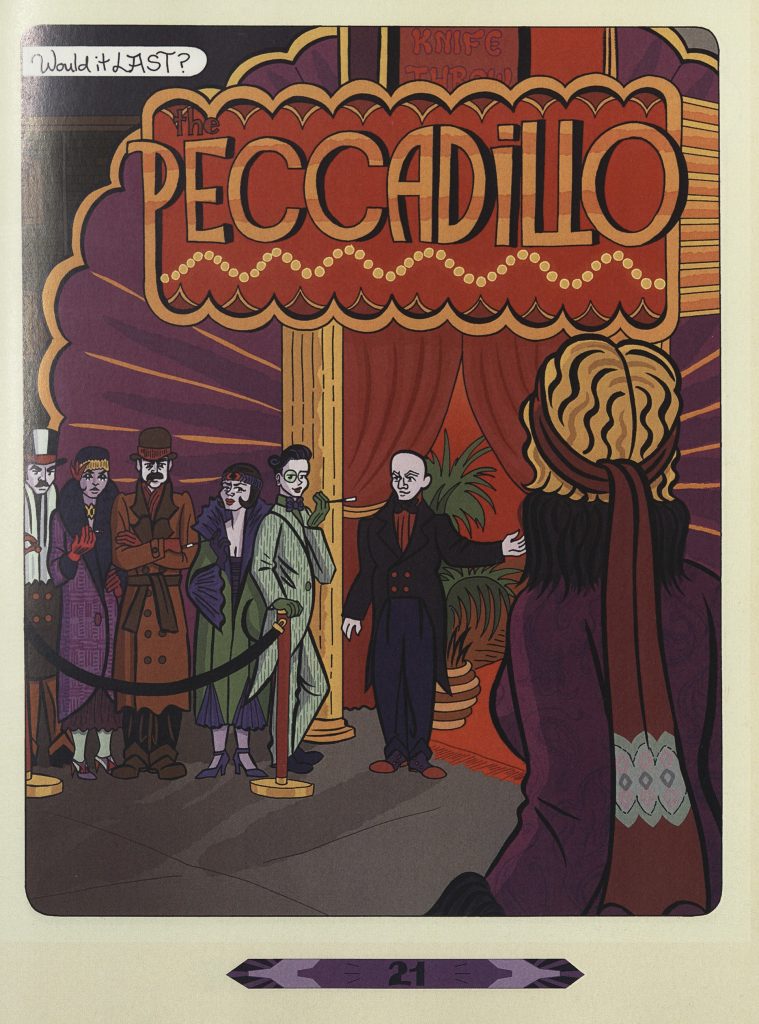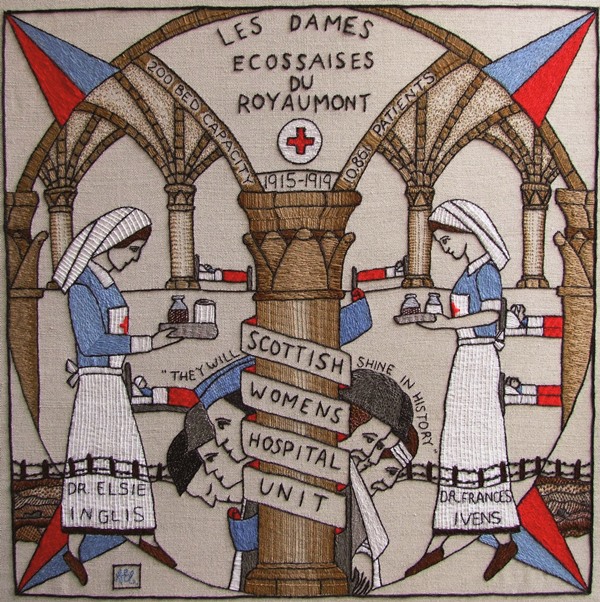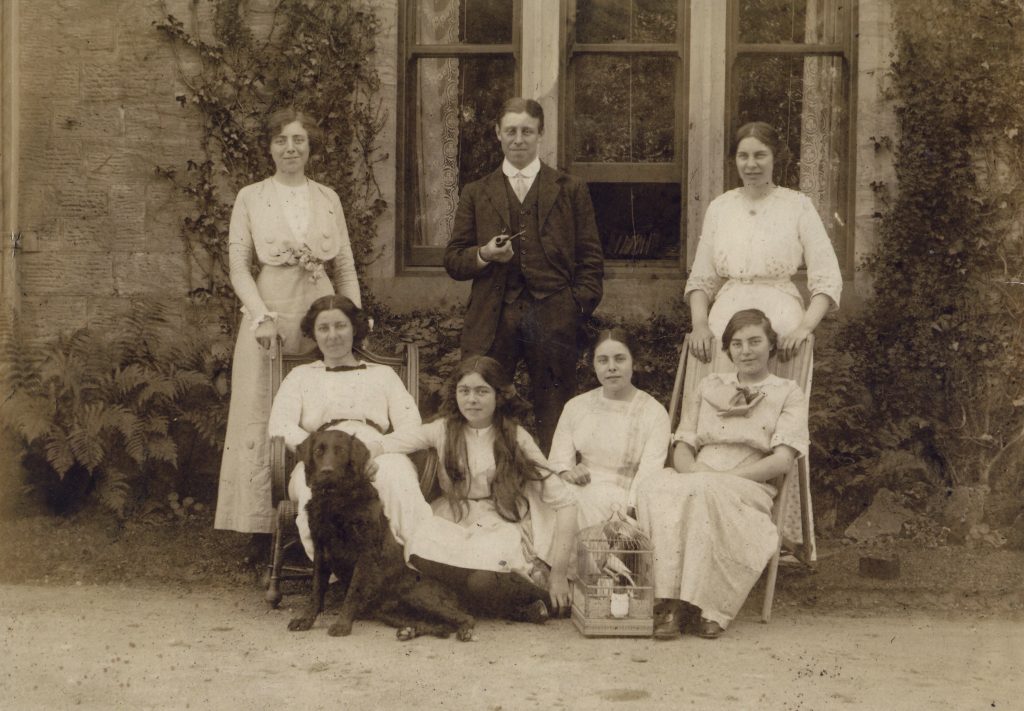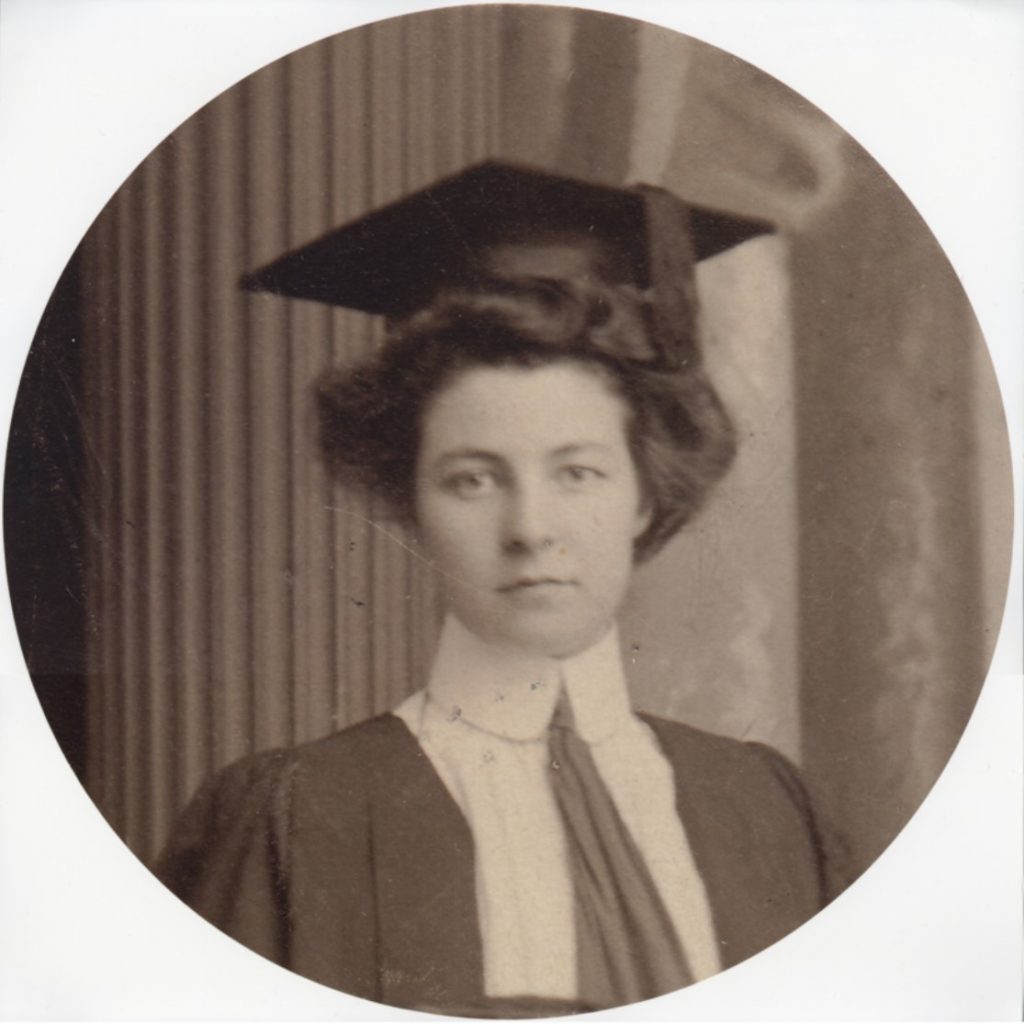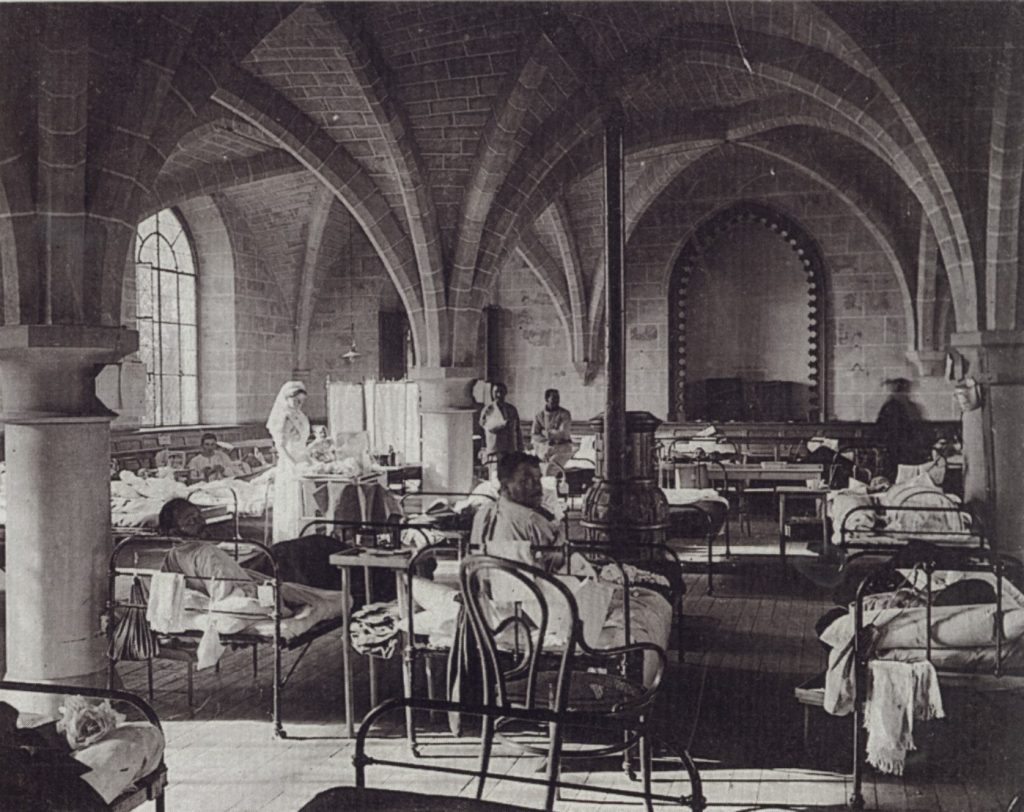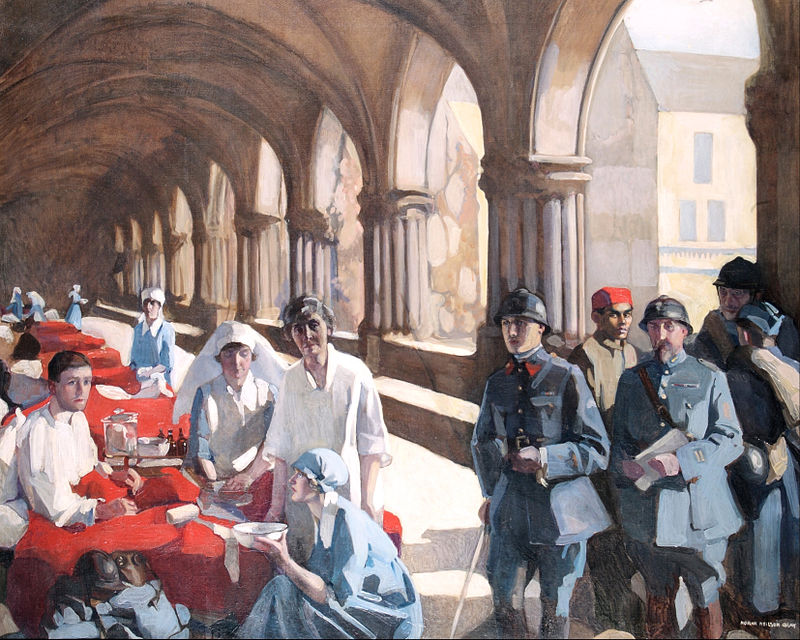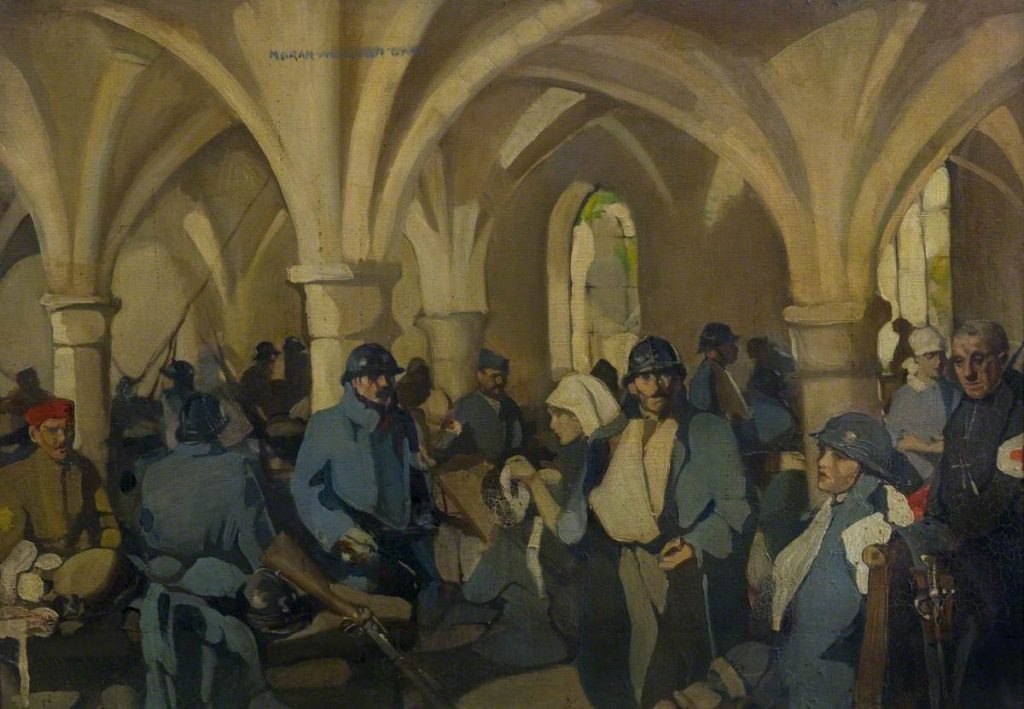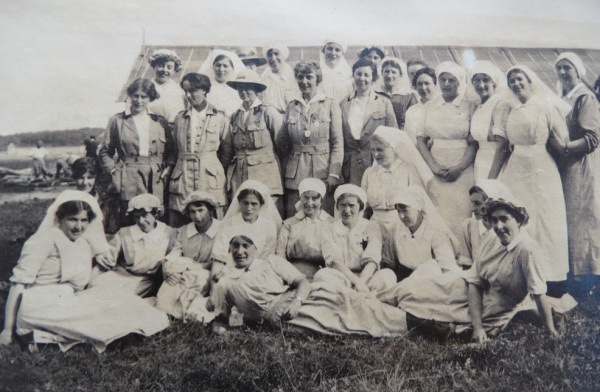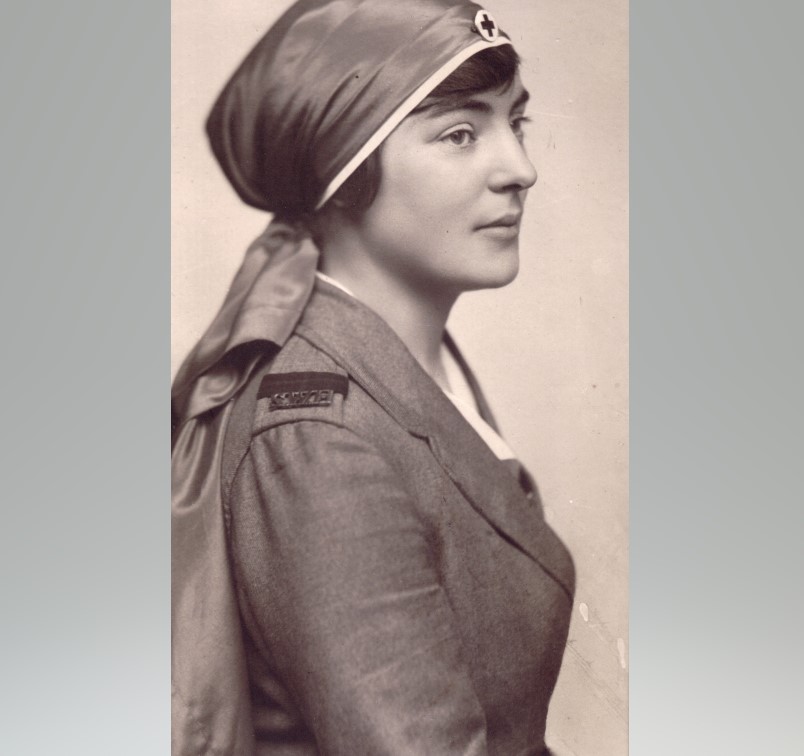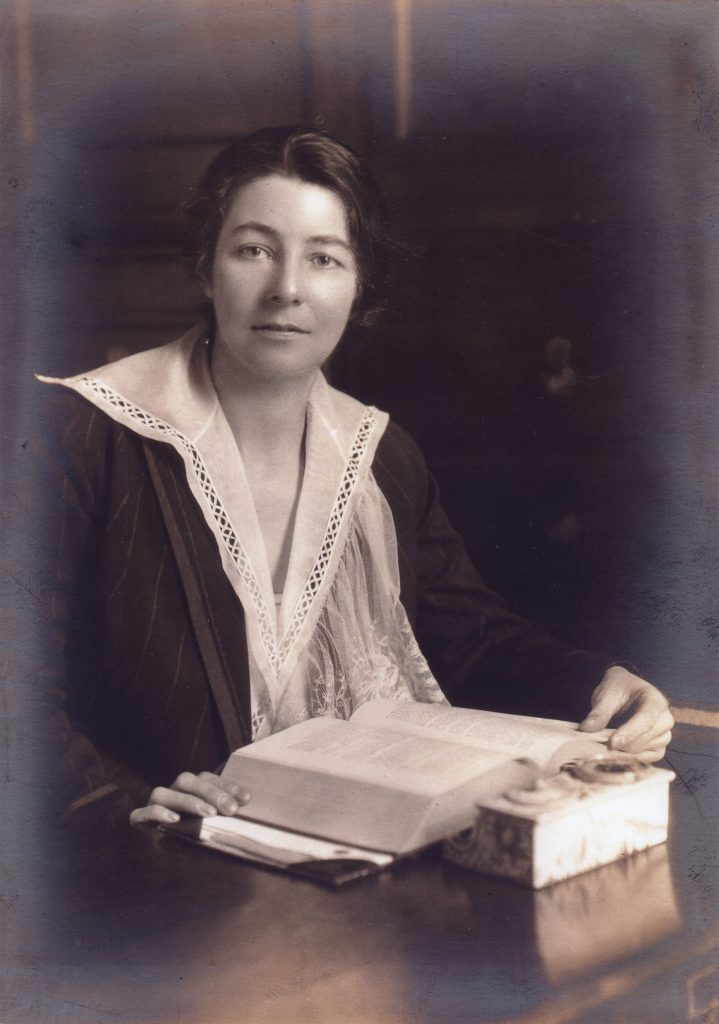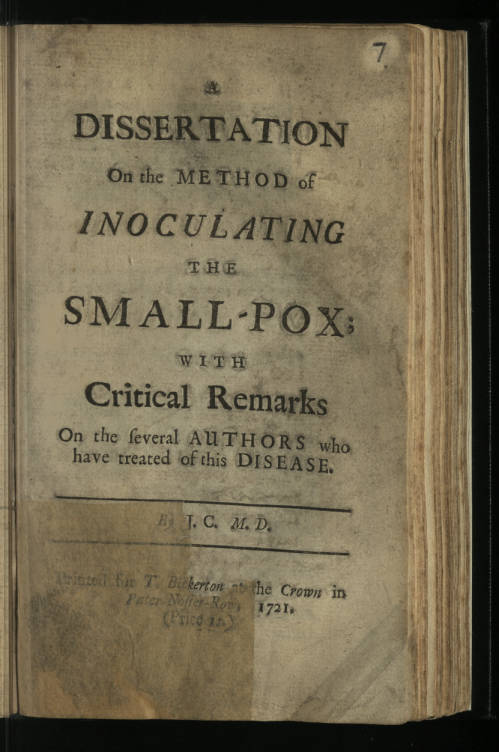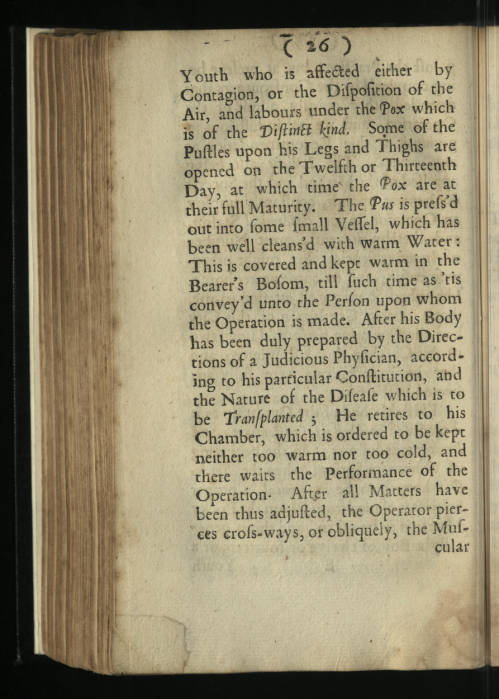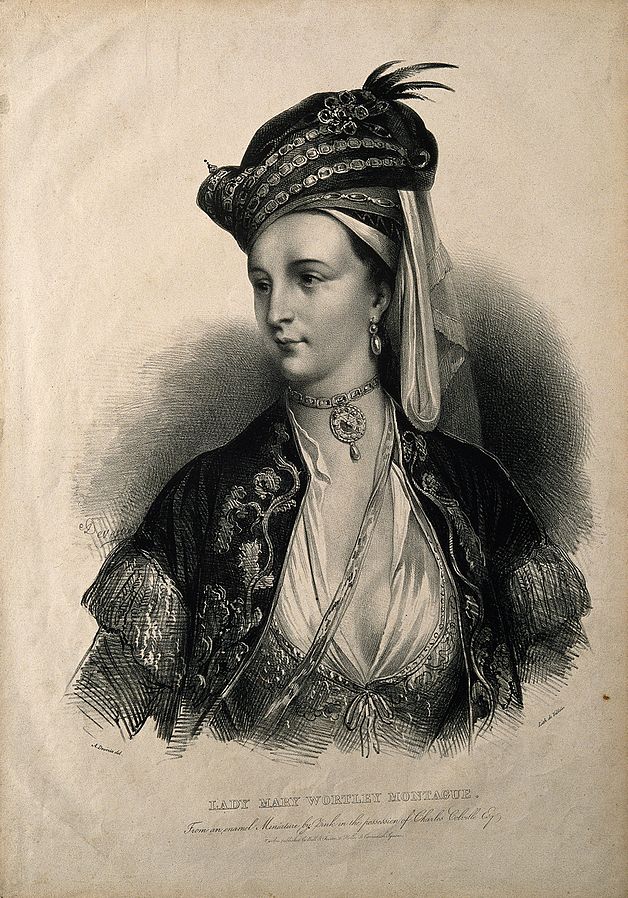We are proud to announce that David Constantine, the award-winning English poet, translator and literary figure has chosen to entrust his personal papers to Newcastle University Special Collections and Archives. Born in Salford Lancashire in 1944, he is a key contemporary writer and his career of over forty years has placed him at the heart of British literary culture. The archive, which is currently being catalogued, gives a unique opportunity to access his work and influence.
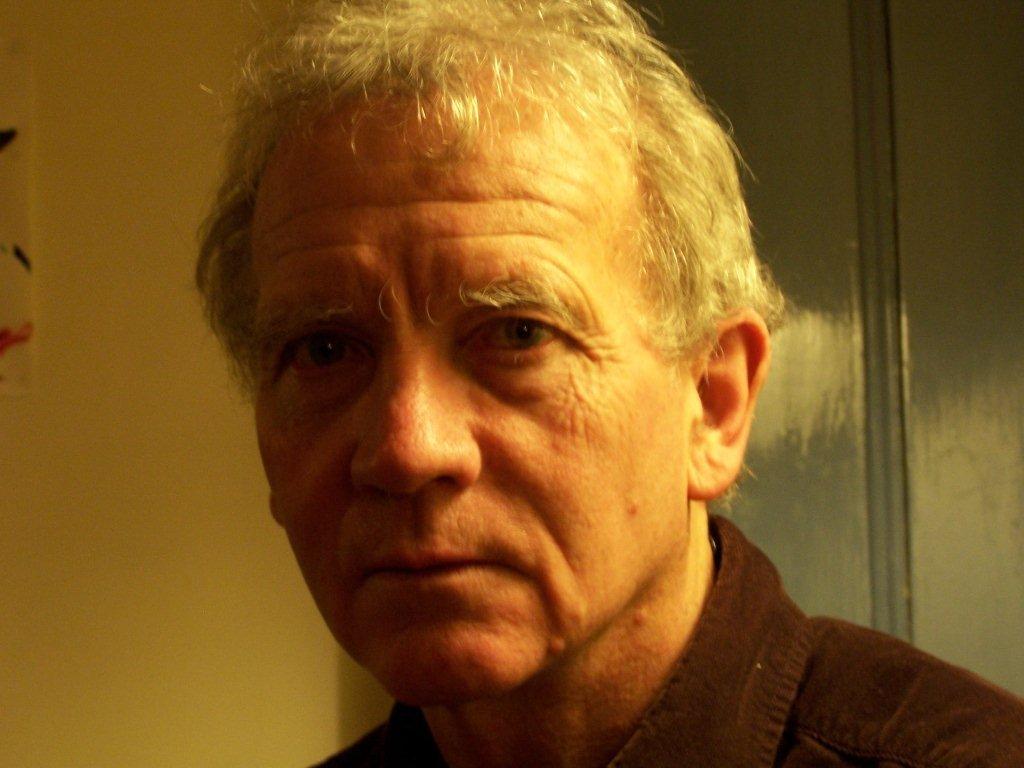
“Coming to the North East in the autumn of 1969 to take up a job as Lecturer in German at the University of Durham, I very soon realized my good fortune. I had been writing poems and stories – badly – for some years by then, and in Durham, where we lived, and in Newcastle, there was a lively literary scene. At readings (Colpitts, Morden Tower, the two Universities) and in conversations with other writers, I began to find my own way and get one or two things published, in Jon Silkin’s Stand, for example. But the big event and greatest encouragement was getting to know Neil Astley, who founded Bloodaxe Books in 1978, and published my first collection three years later. I knew at once that was where I wanted to be, and there I have been ever since. Poets who were my friends and whose work I admire – Ken Smith and Helen Dunmore, for example – have died along the way, which saddened me but further deepened my gratitude and loyalty to Bloodaxe, our shared publisher. Altogether, although I moved to Oxford in 1981 and have gained much from being there, I felt a strong allegiance to the North, especially once Ra Page founded Comma Press in Manchester (2002) and began to publish my fiction. My roots are in the North, in Salford, a good deal of my writing (though by no means all or even most of it) has dealt with Northern places and people. So that, in brief, is why I wanted my archive to go to Newcastle and I am grateful it has been accepted there.”
David Constantine
In 1980, Constantine’s poetry collection A Brightness to Cast Shadows was one of the first to be published by Bloodaxe Books, and he has remained with them as publishers of his poetry. Newcastle University Special Collections and Archives also houses the Bloodaxe Books archive. Find out more about Constantine’s connection to Bloodaxe Books here; https://www.bloodaxebooks.com/ecs/category/david-constantine.
In 2020, Constantine was awarded the Queen’s Gold Medal for Poetry. He has published fifteen collections of his own work and several in collaboration with other poets. His work in translating poetry from German has twice won him the Poetry Society’s European Poetry Translation Prize, once in 1996 for his collection of the poems of Fredrich Hölderlin and again in 2003 for Hans Magnus Enzenberger’s collection Lighter than Air.
Often using a metaphysical poetics, Constantine’s poetry has been described as possessing “rare lyric intensity” and “confessional intimacy” (https://poetryarchive.org/poet/david-constantine/). Constantine asserts that he uses his poetry as a “utopian demonstration” of “what true freedom would be like” (ibid). He suggests that poetry “helps keep hope alive […] [and] incites us to make more radical demands” (ibid). His most notable works include Watching for Dolphins (1983), A Pelt of Wasps (1998), Nine Fathoms Deep (2009), Elder (2014) and Belongings (2020). Watching for Dolphins won the Poetry Society’s Alice Hunt Bartlett Award in 1984 and was shortlisted for the Whitbread Poetry Prize in 2002.

Constantine has also published six short story collections including Under the Dam (2005), The Sheiling (2009), Tea at the Midland (2012) and In Another Country (2015). In 2010, Tea at the Midland, “a masterful story, pregnant with fluctuating interpretations and concealed motives,” won the BBC National Short Story Award (theguardian.com/books/2012/dec/14/tea-at-midland-david-constantine-review). In the same year, The Sheiling was shortlisted for the Frank O’Connor International Short Story Award and Tea at the Midland went on to win this in 2013. In 2015, the short story In Another Country was adapted into the acclaimed and successful box office film 45 Years. The Guardian reviewed it as “supremely intelligent and moving” and Charlotte Rampling was nominated for an Academy Award for Best Actress (theguardian.com/film/2015/aug/27/45-years-review). See more about 45 Years here; https://www.imdb.com/title/tt3544082/.
Constantine’s body of work also contains two novels, Davies (1985) and The Life Writer (2015). Both explore themes of uncovering the past through traces and memories, and the archive gives a unique opportunity to discover how Constantine engages with these dynamics. Davies is a fictional realisation of the life of a notorious habitual petty-criminal David Davies (1849-1929). In response to Constantine’s newspaper advert requesting memories of Davies, the archive reveals the wealth of information he received in the form of letters. One elderly woman remembers that the mystery behind a missing stolen bottle was solved when it was found years later by her aunt. Below a section of the finished typescript reveals that Constantine builds this fragment of memory directly into his narrative and that he uses the character of the ‘Master’ to voice his own pride in having revealed this intriguing detail.
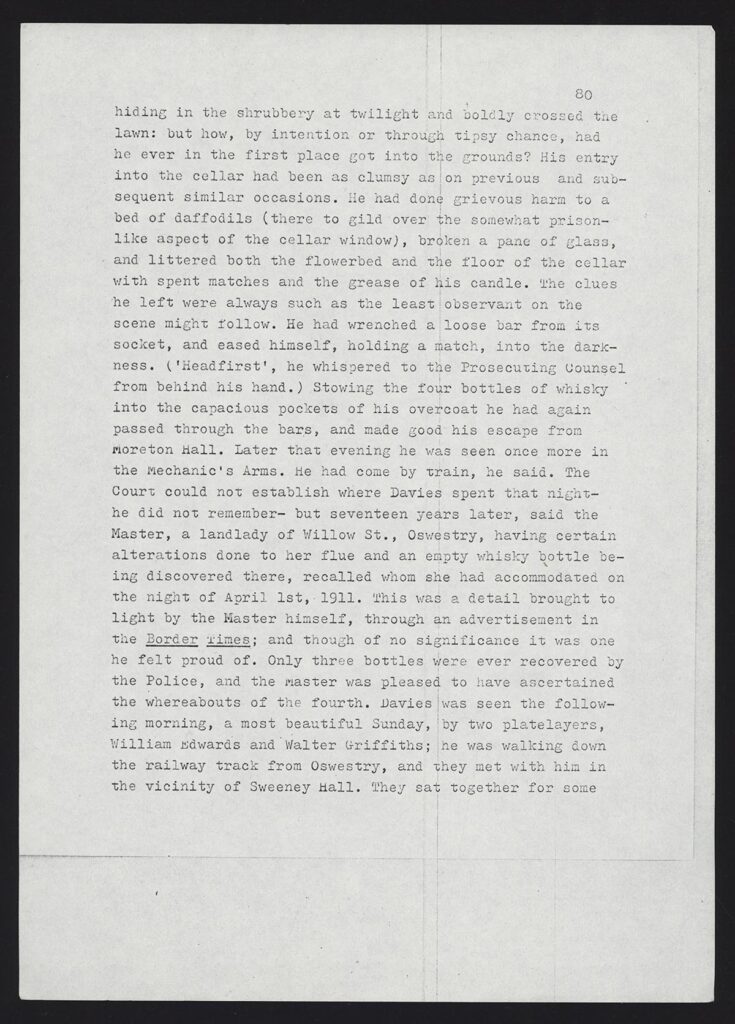
Constantine has also worked at the heart of British literary culture and the archive evidences his commitment to its promotion and production. His editorial work ranged from the grassroots development of the Oxford Magazine to the international stage of Modern Poetry in Translation and the canonical reach of The Poetry Book Society Anthology.

He was chief judge for the T.S. Eliot Poetry Prize and in 2004, he brought his contribution to contemporary debates on poetic theory to Newcastle University with a lecture series in association with Bloodaxe Books. This series was published as A Living Language and sought to evaluate the functions of poetry, asking what it must do to achieve lasting worth and value. Find out more about this series here; https://www.bloodaxebooks.com/ecs/product/a-living-language-797.
For further information about David Constantine’s work and to hear some of his recordings, use this link to access the online resource Poetry Archive; https://poetryarchive.org/poet/david-constantine/.
Mel Tuckett

